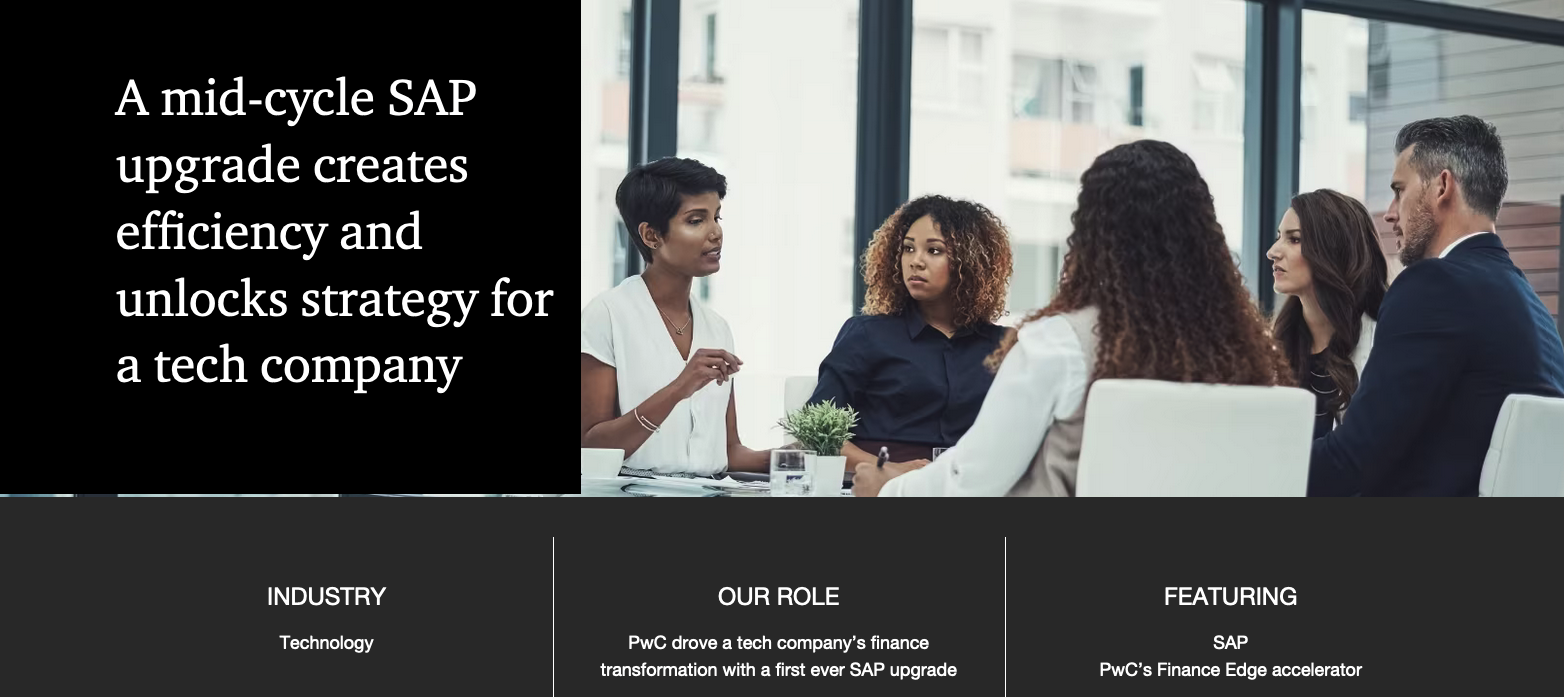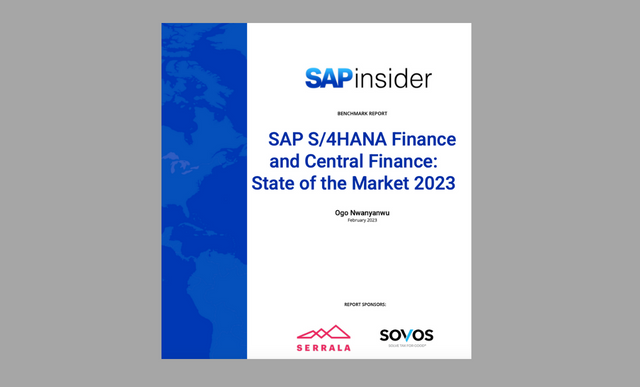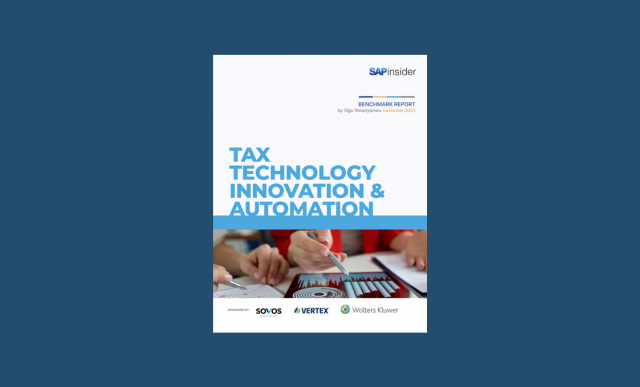A Mid-Cycle SAP Upgrade Creates Efficiency and Unlocks Strategy for a Tech Company

Situation
A global tech company in search of more efficient financial tools
Our client, a global technology company, prides itself on increasing quality and lowering costs for its customers. But, internally, the company’s finance team needed better reporting capabilities. They wanted to save time, increase employee efficiency and make more strategic decisions.
In order to improve their reporting capabilities, the company planned to migrate from a soon-to-be-obsolete and unsupported SAP EC-CS financial consolidation system to the newer SAP S/4HANA Group Reporting. Many companies execute this type of migration go-live at year’s end, for a variety of reasons, including legal considerations, availability and conflicting projects. But key staff members had limited availability, as they were busy with other pressing projects. At the same time, the company wanted to complete the migration as soon as possible so they could start realizing the benefits of the upgrade. So the company had to act fast and migrate well before the end of the year — if completed successfully, it would be the first time any company had ever done this type of mid-cycle migration successfully.
Vital to the company was a streamlined financial and tax consolidation process and quarterly close. An accelerated migration would put them ahead of schedule and allow employees to focus on strategic work like detailed analysis.
As a global business, the technology company is responsible for reconciling its financial results in multiple geographies before reporting financials. Each location requires a different tax treatment that needs to be carefully consolidated. This amounts to thousands of transactions a quarter. Yet, before the system migration, the finance team had been relying on employees from various departments to produce reports and fetch data. They had been using spreadsheets and entering data manually, which was repetitive, time consuming and prone to errors.
Given these complexities, consolidated results were only available quarterly, so the analytics team couldn’t see how trends were affecting the business in a timely way.


Business
Building real-world confidence in a simulated environment
The global technology company leaned on PwC’s accounting capabilities and tech perspectives in their alliance with SAP to execute the upgrade.
In designing the system, PwC helped determine what functionality ideally suited the company’s needs. PwC leveraged SAP’s pre-configured Group Reporting solution to demonstrate its out-of-the-box functionality, helping confirm the system would align with the client’s needs. The client confirmed that the environment had the core functionality it needed, including finance and legal consolidation and intercompany currency consolidations. The demonstration took less than a week and revealed that the new software didn’t call for any add-ons. The out-of-the-box version proved to be quicker to implement, more cost effective and easier to maintain. Win-win-win.
Experience

Combining short-term wins with long-term goals
PwC and the tech company joined forces to assemble a community of problem solvers — including finance and technology professionals from both organizations — to fully understand the goals and pain points of their workflow and the migration. A detailed analysis of the pros and cons of migrating mid-year confirmed that teams would be in uncharted territory – but a delay meant five more months of waiting, expenses, scheduling issues with key personnel and a potential loss of executive sponsorship.
And, as both PwC and the tech company understood that SAP’s Group Reporting module would eventually become part of a larger move to the entire SAP S/4HANA suite, PwC helped the company look beyond its immediate needs to discover how the current project dovetailed with its long-term digital transformation goals.

Technology
Accelerating momentum with a new toolkit
PwC and SAP co-developed a process to allow clients to migrate to SAP’s Group Reporting module at any point in the year. The Finance Edge migration – essentially a migration-in-a-box – kept the project on track, shortened lengthy timelines and decreased uncertainty. It also covered everything needed for a smooth transition, including data structures, tax consolidation, user access rules and training and cutover plans. And, as a bonus, it was all pre-configured.
The global technology company had been consolidating intercompany transactions manually – a time-consuming and arduous task involving detail hunting and pesky calculations. In three months, the teams automated this process, helping to eliminate errors and free up employee time for more forward-looking analysis.
Results
The first-ever mid-year SAP Group Reporting migration
The technology company was the first ever to successfully transition mid-year to SAP’s S/4HANA Group Reporting module.
The new system empowered a more efficient and forward-looking finance team, one that can consolidate taxes and close its books faster. They’ve decreased manual, time-consuming data entry and reporting, and thanks to automations, the tax team no longer relies on others to generate reports. The finance group has the tools and time to use financial data to answer questions: What trends are driving particular products? How are the different business units driving outcomes? And the entire team can easily see in real time how a financial result, such as sales and/or profits, ties back to business activities in specific units.
40%
Decrease in expected implementation time
10x
Decrease in number of custom reports, reducing maintenance, headaches and costs
75%
Decrease in time required for tax consolidation, compared to before the migration

“
“We’re saving the global technology company significant time and reducing the possibility of human error. This allows them to be a more strategic, future-focused organization.”
Chip Sherrill
Principal, PwC





